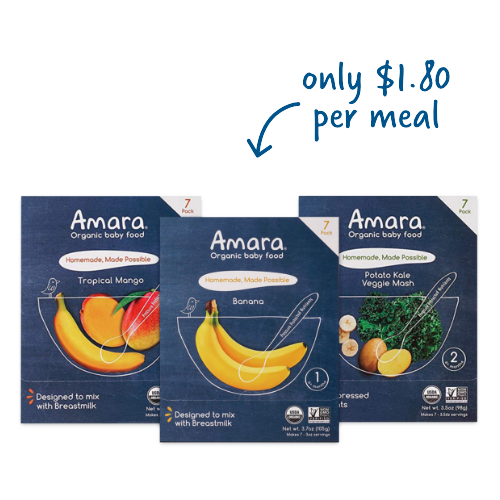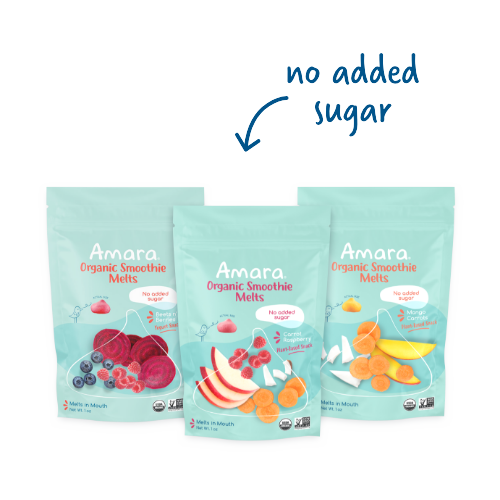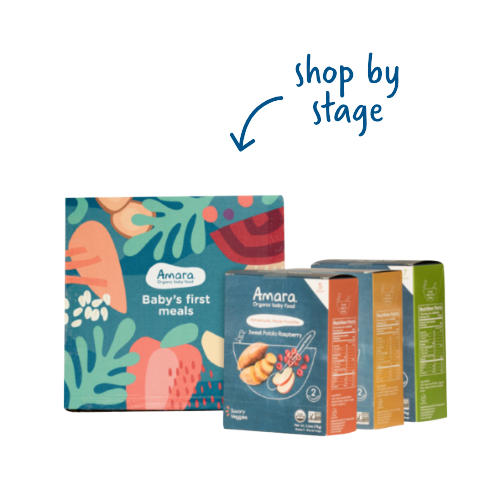Food Waste: The Scope of the Problem
Across the United States, Americans dispose of more than 0.6 pounds of food per person, per day, and food waste accounts for almost 15% of municipal waste. (For reference, the average meal weighs roughly 1.2 pounds… so the average family of four throws out two full meals every single day.) Some scientists even estimate that roughly a third — one third — of our food supply in any given year is wasted.
The U.S. wastes more food every single year than any other country in the world — nearly 80 billion pounds annually.
Sadly, these numbers have been trending upward for some time.
It’s a problem.
And though surveys indicate that many American consumers are aware of the problem of food waste, thus far we’ve been less than successful in actually curtailing it.
What is food waste?
There is no universally agreed upon definition for “food waste,” and different organizations may identify the problem based on variable classification criteria.
*But as parents, we probably don’t need any expert technical description of “food waste,” because we see it everyday — we see it when we scrape uneaten food into the trash, when lunchboxes and snack packs come home with half-nibbled portions or side dishes smeared all over the place, when our kids drop food from the table and it winds up with the dog or in the disposal, when we make a beautiful dinner that sits untouched on our kids’ plates. It’s everpresent, and once you begin to look for it, it’s hard to turn away.
Did you know? Food takes up more space in landfills than any other category of “trash.”
So What? Why Food Waste Matters
Compared to managing other kinds of waste, preventing food waste in particular stands to deliver the highest economic, social, and environmental benefits. Indeed, striking a better balance between food production and (actual) food consumption could play an important role in staving off climate change and freeing up resources for pressing economic and social policy initiatives. Let’s take a closer look…
1. The Environment
Researchers are learning more every day about how our modern food supply system — which entails producing food, storing it, packing, distributing it, selling it, etc. — places a great burden on the planet. In fact, scientists agree that wasting food has irreversible negative effects on the environment and its many ecosystems. That’s because in wasting food, we are also wasting all of the resources that played into bringing it to the table, as well as the damage done in the process.
In the United States alone, food waste has astounding costs; it wastes:
Some 25% of all freshwater resources;
Roughly 300 million barrels of oil;
2% of total annual energy consumption;
Approximately 113 million metric tons of carbon dioxide emissions.
This^^ brings us to:
2. The Economy
Obviously, the waste of resources that comes hand-in-hand with food waste comes at a literal price.
Americans have spent more money on food over the past two years (in part due to the pandemic and also, now, rising food prices), and there has been a corresponding increase in food waste. As experts explain, more food spending typically leads to more food waste. According to the Food and Drug Administration, Americans throw out the equivalent of $165 billion in food every year. We’re wasting our own dollars…
Why do we waste food?
→ One of the biggest reasons we throw food out is because it’s gone bad (or rather, we think it has — experts estimate that more than 20% of household food waste stems from confusion about expiration date labeling. What a shame!).
→ In the land of plenty, many of us take food for granted; we don’t necessarily think about all the food deserts around the world every time we toss a mealy apple.
→ We’re prone to impulse: whether it’s because we overestimate how much food we need or will consume, we saw that beautiful recipe on IG that we swear we’ll make this weekend but never get around to, or we simply buy food we won’t realistically eat, many of us tend to overbuy.
→ We are more single-minded when it comes to food use than our ancestors once were. Where in the past humans made use of every single part of a foodstuff and rarely threw food away, we are more apt to toss leftovers or food scraps without a thought.
Social Need
Before the pandemic began, researchers estimated that 35 million Americans — including 10 million children — suffered from food insecurity. With recent changes in employment and household finances, those numbers are getting worse. It’s frankly painful to think about all the food we as a society throw away when there are so many in need. While it’s going to take more than individual action to change the tide, there are things we as individuals can do to help. Keep reading to see how we can all contribute…
“Imagine this: You go to your favorite supermarket and come out with three bags full of groceries. Before you get in your car, you toss one of those bags in the garbage. Sound ridiculous? Of course it does, but that’s in essence what food waste looks like every day across our country.” ~ Frank Yiannas, FDA Deputy Commissioner for Food Policy & Response
I think this is a difficult topic for parents of young children, especially when you factor in that the secret to getting our children to like new foods is to feed them those foods over and over again, even though we know they won’t eat them — it’s the science of repeated exposure. I can’t tell you how many mushrooms I’ve thrown out over the years in my halting efforts to train my son’s palate…
But the good news is that there are steps we can take to minimize our families’ food waste — at home, at daycare, and even on the go. Here are our top tips for cutting down on food waste:
Take note — simply becoming aware of the food you do throw away is a first step in reducing your waste. #mindfulness
Store food to last — the US Department of Agriculture teamed up with Cornell University to develop “The FoodKeeper,” a comprehensive guide on how best to store virtually every food you can think of (and an explanation of how long those foods should last). Check it out!
Make a list — try to buy what you need from the store, and not more. Keep track of what you have at home, what ingredients you need for various meals/recipes, and try to avoid impulse purchases at the store.
Check the dates — experts estimate that many of us discard food unnecessarily due to confusion about expiration labeling. Read here to learn more about expiration date labels and food safety.
Serve smaller portion sizes — especially for little children, this makes such a difference, I promise you! I’m often loath to save foods that have been on my kids’ plates (the dog licked their fingers while they were eating; they spit something out; they sneezed, etc.), so starting them off with smaller servings (they can always get more!) really puts a dent in how much we toss.
Put your leftovers to work — have them for meals, work them into sandwiches, salads, sauces, or even new dishes entirely. Use them for easy afternoon snacks, or puree them for your little… be creative!
Look for new recipes to try out for foods on the verge of going bad or food components that tend to get tossed (such as beet greens, potato skins, etc.).
Consider composting — even if you don’t have personal need for it, some municipalities and private businesses offer composting programs. Most of these pick up food waste weekly and put it to great use.
Remember your freezer — the simple strategy of freezing extra/leftover foods can seriously cut down on food waste because it stretches your timeline.
Cook your vegetables — produce past its prime can still be cooked. Consider repurposing veggies and veggie “scraps” by cooking them — you can toss them in the crockpot for an easy vegetable soup or chili, stir fry them with whole grains, use for omelets, sauces, stock, and more. (Bonus — if you can’t use them now, rinse, chop, and freeze, then use later on.)
Use extra fruit to make smoothies — or freeze it for a smoothie on another day.
Save bread by cubing and baking to make croutons, crumbling into breadcrumbs, or simply storing it in the freezer.
Donate safe food to a food shelter or food bank if you’re not going to use it.
Check your area for programs that help minimize food waste in the commercial sector (such as restaurants and grocery stores), and see what you can do to help. Operations like 412 Food Rescue (Pittsburgh), Lovin’ Spoonfuls (Boston), or Food Forward (SoCal) are just a few examples of places that work to coordinate with local grocers, farmers, and restaurants to make sure unused foods don’t go to waste; they redirect food that would otherwise be thrown out to communities in need. Check to see if there’s any such organization in your area, and consider volunteering or donating!
How do you cut down on food waste in your home? Let us know in the comments!
We at Amara know that food waste is a vast problem, and that’s why all of our products are designed to take a minimal toll on the environment. Our nutrition protection technology (NPT) preserves foods’ tastes, textures, and nutrients in a lightweight powder that’s easier and less costly to ship. Our packaging demands 12x less plastic than traditional baby food pouches, and none of our products require refrigeration. Plus, because with Amara you can prep just what you need, you never need to worry about “having to use the rest of the jar” — or throwing it out. Check out our full line of organic baby food blends here — it’s the quality of homemade without any of the inconvenience.

|
 |










Leave A Comment